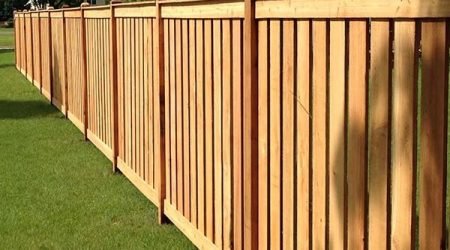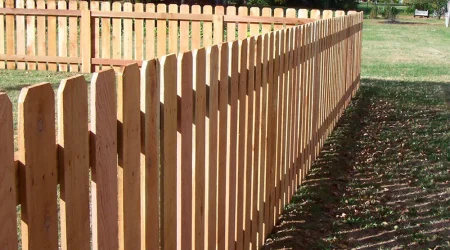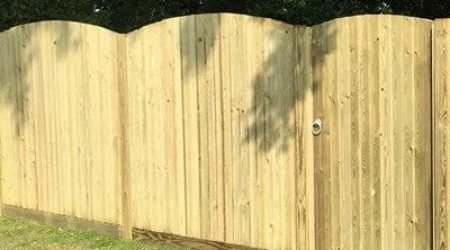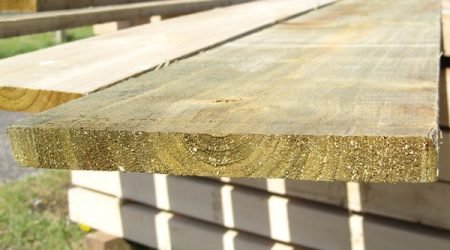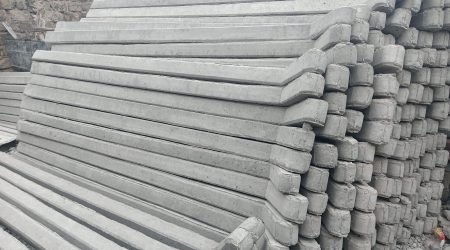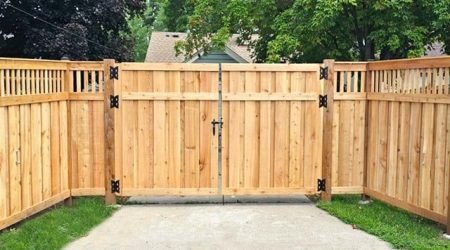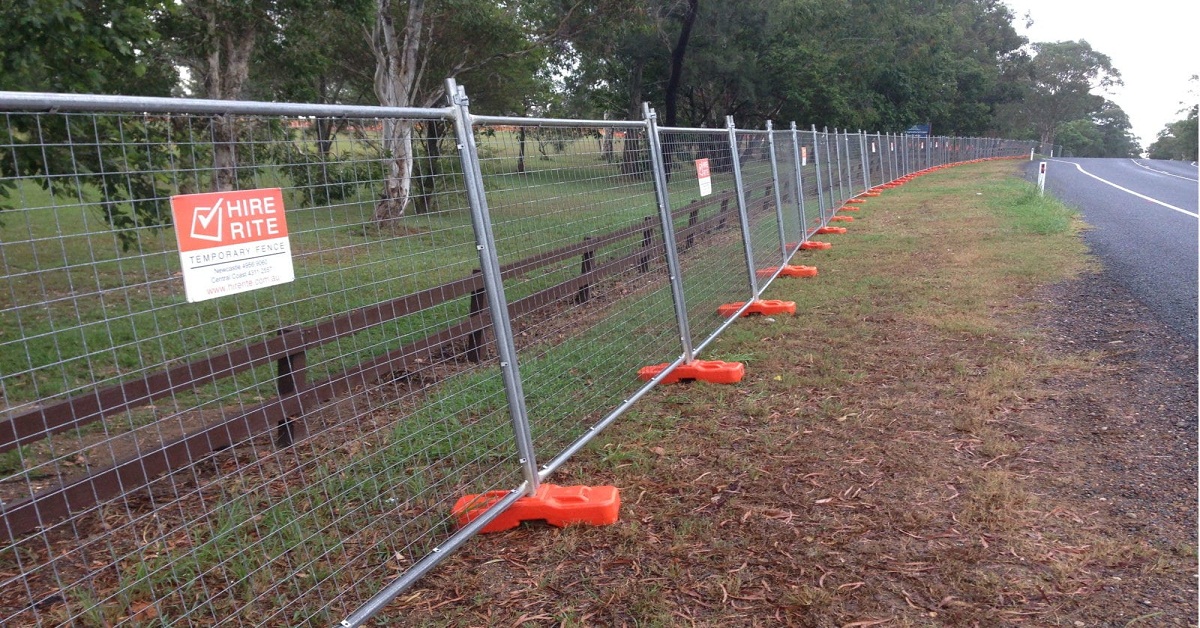Building site fencing is essential for ensuring the safety and security of your construction site. It not only protects your property but also ensures the safety of workers and the public. Let’s dive into the details of building site fencing, including types, materials, installation, and maintenance.
Table of contents
Understanding the Importance of Site Fencing
Site fencing refers to the barriers erected around a construction or building site to control access, ensure security, and maintain safety standards. Site fencing offers multiple benefits, such as protecting valuable equipment, preventing unauthorized access, and ensuring compliance with safety regulations.
Types of Site Fencing
Temporary fencing is often used for short-term projects. It is easy to install and remove, making it ideal for construction sites, events, and emergency situations. Permanent fencing provides long-term security and is typically used for ongoing projects or permanent installations. This type includes more robust materials and a more stable structure.
Choosing the Right Fencing Material
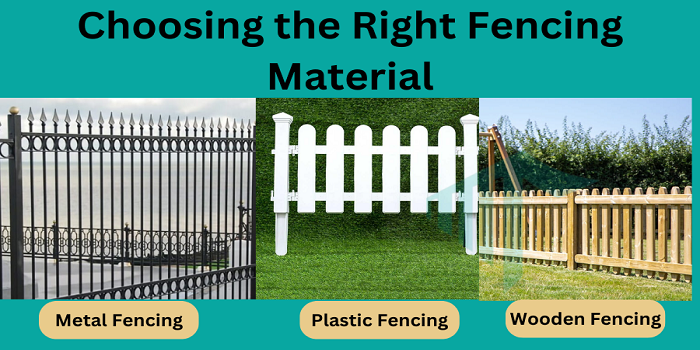
Metal Fencing
Metal fencing, like chain-link or steel panels, offers durability and high security. It’s ideal for sites needing strong protection against intruders.
Wooden Fencing
Wooden fence adds a natural look to your site. It’s generally used in less security-focused applications and offers a more aesthetic appeal.
Plastic Fencing
Plastic fencing is lightweight and easy to install. It’s often used for temporary barriers and can be a cost-effective solution for short-term needs.
Planning Your Site Fencing
Before choosing fencing, assess your specific needs based on the type of site, duration of the project, and security requirements. Budget is a critical factor. Balance between cost and functionality to choose the most effective fencing solution for your site.
Fencing Regulations and Compliance
Always check local regulations before installing fencing. Some areas have specific requirements regarding height, materials, and placement. Ensure your fencing complies with safety standards to protect workers and the public. This includes proper signage and barrier integrity.
Cost Considerations
Initial costs include materials, labor, and any permits required. Temporary fencing is usually cheaper upfront. Consider maintenance and replacement costs over time. Permanent fencing, while more expensive initially, might be more cost-effective long-term.
Maintaining Your Site Fencing
Regular inspections are crucial to identify and fix any damage. Look for loose panels, rust, or wear and tear. Repair any damaged sections immediately. For metal fencing, treat rust spots. For wooden fencing, replace broken slats and treat for pests.
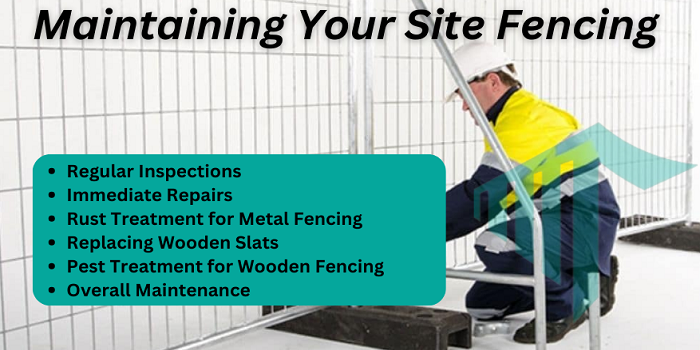
| Maintaining Your Site Fencing | Explanation |
| Regular Inspections | Conduct regular inspections to catch any issues early. Check for signs of damage such as loose panels, rust, or general wear and tear. This proactive approach helps maintain the integrity of your fencing and prevents minor problems from escalating into major repairs. |
| Immediate Repairs | Fix any damage immediately to avoid further deterioration. Prompt repairs ensure your fencing remains secure and functional, preventing potential safety hazards and additional costs associated with extensive damage. |
| Rust Treatment for Metal Fencing | For metal fencing, regularly treat rust spots to prevent corrosion. Apply a rust inhibitor or paint to protect the metal and extend its lifespan. Proper rust treatment helps maintain the aesthetic appeal and structural integrity of the fencing. |
| Replacing Wooden Slats | For wooden fencing, replace broken or damaged slats promptly. Use treated wood to enhance durability and prevent future issues. Regularly inspecting and replacing slats ensures the fence remains sturdy and visually appealing. |
| Pest Treatment for Wooden Fencing | Treat wooden fencing for pests to prevent infestations. Use pest-resistant treatments or coatings to protect the wood from insects and other pests. Effective pest management helps prolong the life of your wooden fence and maintains its strength. |
| Overall Maintenance | Implement a regular maintenance schedule to keep your fencing in optimal condition. This includes cleaning, painting, and applying protective treatments as needed. Consistent maintenance enhances the longevity and appearance of your fencing. |
Environmental Impact
Look for sustainable materials like recycled plastic or sustainably sourced wood to reduce your environmental footprint. Plan for the end-of-life disposal of your fencing materials. Recycle wherever possible to minimize waste.
Conclusion
Building site fencing is a crucial part of managing a construction site. By understanding the types of fence, choosing the right materials, and following proper installation and maintenance practices, you can ensure your site is secure and compliant. Whether you opt for temporary or permanent solutions, the key is to plan carefully and stay informed about regulations.
Read More Guide to Building Site Fencing
FAQs
The installation time varies based on the size of the site and the type of fencing. Temporary fencing can be set up in a few hours, while permanent fencing might take several days.
Yes, you can install site fencing yourself if you have the necessary tools and follow the installation guidelines. However, for larger projects, it might be best to hire professionals.
Metal fencing, especially steel, is the most durable. It withstands harsh weather conditions and offers high security.
Regular inspections and timely repairs are key. For metal fences, treat rust spots. For wooden fences, check for pest damage and replace broken slats.
Costs include materials, labor, and permits. Temporary fencing is cheaper upfront, while permanent fencing has higher initial costs but may be more cost-effective in the long run.


